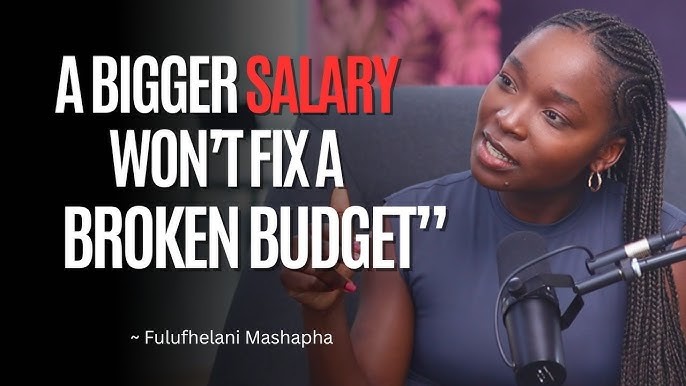When a budget breaks, it rarely does so with a loud crash. More often, it unravels quietly—through overlooked expenses, optimistic projections, or shifting priorities that weren’t accounted for. Fixing a broken budget isn’t just about plugging holes; it’s about understanding how and why the structure failed in the first place. Whether in a small business or a large organization, a budget is more than numbers on a spreadsheet. It’s a reflection of strategy, discipline, and foresight. Repairing it requires a thoughtful approach that blends analysis with adaptability.
The first step in addressing a broken budget is recognizing the symptoms. These might include persistent cash flow issues, missed financial targets, or a growing disconnect between planned and actual spending. Sometimes the signs are subtle—a department consistently overspending, or revenue projections that never quite materialize. These discrepancies can accumulate over time, creating a gap that’s difficult to close without intervention. A budget that no longer aligns with reality isn’t just inefficient—it’s risky. It can lead to poor decision-making, strained relationships with stakeholders, and missed opportunities for growth.
Understanding the root cause is essential. Budgets often break because they were built on assumptions that didn’t hold up. Perhaps market conditions changed, or a key client pulled out. Maybe internal processes weren’t as efficient as expected, or unexpected costs emerged. In some cases, the issue lies in how the budget was created—too rigid, too optimistic, or lacking input from those closest to the operations. Fixing the budget means revisiting those assumptions and asking hard questions. What did we expect? What actually happened? And what can we learn from the gap?
Once the underlying issues are identified, the next move is recalibration. This isn’t about starting from scratch; it’s about adjusting the framework to reflect current realities. That might mean revising revenue forecasts, reallocating resources, or redefining priorities. It’s important to approach this process with both pragmatism and vision. Cutting costs indiscriminately can do more harm than good, especially if it undermines long-term goals. Instead, the focus should be on strategic adjustments—tightening where necessary, investing where it counts, and ensuring that every dollar serves a clear purpose.
Communication plays a critical role in fixing a broken budget. Stakeholders need to understand not just what changes are being made, but why. Transparency builds trust and fosters collaboration. When teams are involved in the process, they’re more likely to support the adjustments and contribute ideas for improvement. For example, a department facing budget cuts might identify ways to streamline operations or renegotiate vendor contracts. These insights are invaluable, and they often come from those who are closest to the work. A budget is not just a financial tool—it’s a shared commitment. Repairing it requires collective effort.
Technology can also aid in the process. Modern budgeting tools offer real-time tracking, predictive analytics, and scenario planning features that help organizations stay agile. By integrating these tools into the budgeting process, businesses can monitor performance more closely and respond to changes more effectively. For instance, if sales dip unexpectedly, the system can highlight the impact on cash flow and suggest adjustments. This kind of responsiveness is crucial in today’s fast-moving environment, where static budgets quickly become obsolete.
Fixing a broken budget also involves rebuilding habits. Financial discipline isn’t just about numbers—it’s about behavior. Regular reviews, clear accountability, and a culture of fiscal responsibility help prevent future breakdowns. It’s not enough to fix the budget once; the goal is to create a system that’s resilient and adaptable. That means setting realistic goals, tracking progress consistently, and being willing to make adjustments as needed. A budget should be a living document, not a rigid plan. When treated as such, it becomes a powerful tool for navigating uncertainty and driving strategic growth.
There’s also value in reflecting on the broader implications. A broken budget often reveals deeper issues—misalignment between strategy and execution, gaps in communication, or a lack of clarity around priorities. Addressing these can lead to more than just financial stability; it can strengthen the organization as a whole. For example, a company that discovers its marketing spend isn’t delivering expected returns might revisit its brand strategy, customer engagement tactics, or product positioning. These insights can lead to meaningful improvements that extend beyond the balance sheet.
Ultimately, fixing a broken budget is an opportunity. It’s a chance to pause, reassess, and realign. It’s a moment to bring clarity to complexity and to turn setbacks into learning experiences. While the process may be uncomfortable, it’s also empowering. It reminds us that financial management is not about perfection—it’s about progress. And when approached with honesty, collaboration, and strategic intent, even the most fractured budget can become a foundation for renewed growth and resilience.



